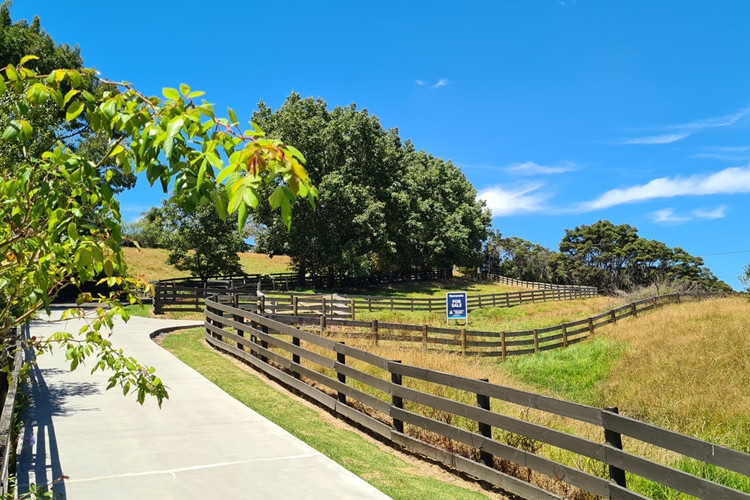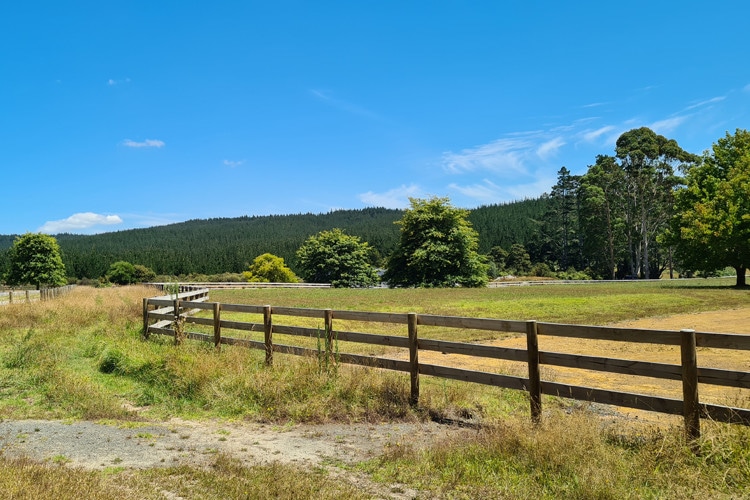Written by Myles Goodwin – Rural Subdivision Expert | Planning & Environmental Director – Cato Bolam Consultants
The Auckland Unitary Plan, as it relates to the rural zones, is coming close to the end of a lengthy development process.
It started when the Unitary Plan, which combined all the previously separate Territorial Plans in the Auckland Region, was first notified in early 2013. Following that initial notification, there were public submissions and then a process where these submissions were heard by a panel of Government appointed commissioners. Decisions were then made and for the most part these were accepted. However, for the rural rules the Council did not accept the commissioners decision and an appeal was lodged with the Environment Court. Rules for the Countryside Living zones were resolved and became operative in November 2016, but as of now, the rules for the Rural Production, Mixed Rural, Rural Conservation and Rural Coastal zones remain unresolved. However, it looks like it is almost there, and nearly everyone who works in or with Rural planning in the Auckland Region is looking forward to a final and fully operative single set of rules. We are hoping that a final set of rules will be available in the next couple of months, and that these will generally be as outlined in the existing Unitary Plan, but with some modifications as a result of final discussions. This will then mean the people who have been waiting for the final version of the plan to give them certainty will be able to move ahead with projects.

Having consistent rules over the entire Auckland Region has advantages and disadvantages.
Advantages are that as the rules are consistent, it is easy to know what can be done and how Council will consider a subdivision application. This brings consistency and a more standardised approach to rural development as one set of rules are applicable region wide. Disadvantages are that it is harder for planning to take into account more localised differences in the rural landscapes.
The National Environmental Standards for Freshwater became operative late last year, and these now need to be considered during subdivision and development proposals. The discharge of water/wastewater within 100m of a natural wetland trigger the need for a separate non-complying consent under the NES. This land use consent will most likely require a significant additional deposit fee payable to Council, and they are likely to be required on many rural development projects as many proposed building sites, and hence wastewater fields, will be within 100m of a natural wetland. This is especially the case if every small area of damp ground is considered to be a wetland, as currently seems to be the case. Hopefully over time there will be more clarification as to when consents under the NES will be needed. It has also become a prohibited activity to drain any wetland, except for the purposes of specified infrastructure. This means that culverts can no longer be installed if the gully is considered a wetland rather than a stream, so bridging is needed instead. The NES also has implications for the installation of culverts, with Council consent now likely to be needed in many cases that previously would not have needed it.

Therefore, as usual, rural development is a constantly changing landscape with many factors at play that affect the rules and the way that the rules are interpreted. In another year or two, there will hopefully be a period of stability when everything can settle down.
Myles Goodwin and the Cato Bolam team provide start to end subdivision services including planning, surveying, engineering, architecture and environmental.
Contact Myles for an obligation free discussion via
Email: [email protected]
Mobile: 0274933022
Phone: 09 427 0072

